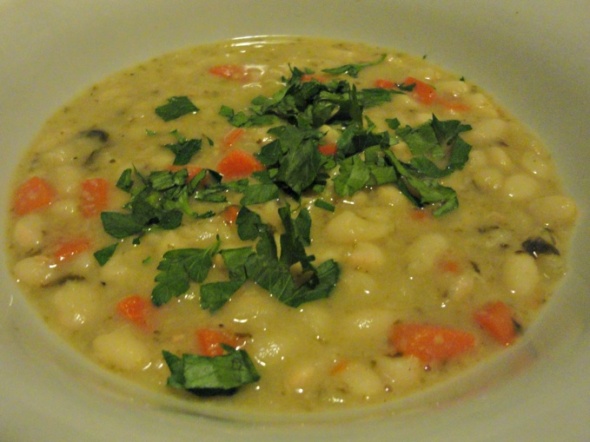
Until very recently, the happily growing number of years we have spent in our current abode have found us – well, me actually – falling into slothful habits when it comes to food storage.
Thus it became routine when a new bag of pulses, beans, lentils were acquired from one of the Indian groceries in Barkley St, to fling the opened bag in a corner of our kitchen where it joined many others.
I was a little more careful with grains – rice and oats and so on.
But still, it was a sloppy look and it had to end.
The mice made sure of it.
I was finally spurred into action one recent night when I heard, while trying to fall asleep, a bunch of the little buggers obviously not just eating … but having a grand old time, a real party, as well.
I found four of them, immobilised and trembling with fear, behind one of our chopping boards.
They looked small and pitiful. But I knew, too, they were the party animals I had heard, for they were all wearing shades.
I did what I could that night, vowing to get some food container action going at the first possible opportunity – probably on the coming weekend.
In the ensuing few days I discovered, however, that while mice may prefer other goodies, when push comes to a shortage of yummy grains, they will indeed consume pulses.
In this case, they turned to a bag – yes, an opened bag – of those small, dark chick peas.
They were dragging them out of the bag, shelling them with paws or teeth and scarfing the innards.
The dark shells were washing up in the benchtop corner.
The resultant detritus reminded me of a bar near where I used to stay In New Orleans, in the days when I travelled there regularly.
O’Henry’s was not the sort of place in which me or my Crescent City friends frequented, it having none of the funky music or food we were into. It was a sort of burger ‘n’ beer place, and I only recall spending time there to watch major league sports events.
What they did offer patrons was an unlimited supply of peanuts in the shell, consumed in vast quantities along with equally vast quantities of beer. The peanuts were, of course, pristine but the shells were salted – meaning thirsts were inflamed.
By closing time, the shells were damn near ankle-deep throughout.
Happily, our storage woes were solved in a single stroke by Peter from Yoyo’s Milkbar, who provided us with two boxes of plastic containers that formerly housed Gum Balls.
I read somewhere a while ago that archaeologists examining ancient human remains can tell whether any given corpse is from the upper classes or the peasant class simply by amount of meat (in the former case) or pulses (in the latter) they have eaten.
We eat meat, but we’d like to think we keep the pulse count up very high.
Of course, it’s the norm that peasant/working class food traditions sometimes work their way up the, ahem, food chain.
Hence the ongoing use of puy lentils in some of your pricier restaurants.
Our minimal exposure to such food – and the use of lentils and other pulses therein – leaves us no doubt that for us such food is a bit flaky and unfulfilling when compared, say, to the recent foul meddammes I had at Al-Alamy.
Nor does it do the job, or have the same oomph, as the many pulse-based dishes we make at home.
We have red beans and rice, New Orleans style, made with a ham hock, ham bone, bacon bones or – at the very least – bacon fat.
We have southern-style backeyed peas the same way. Nice and smoky even without the porky bits!
We use red beans, too, in dal makhani with black lentils, channa dal and perfumed with cinnamon, cardamom, cloves, ginger, garlic and chilli powder.
We have all sorts of other dals, using mung dal and many other varieties, most often with roasted cumin seeds, ginger, lemon juice, fresh green chillis and fistfuls of fresh coriander.
White beans – sometimes canned – go into minestrone and other thick soups and stews.
Ever since reading many years ago a very evocative passage in a crime book set in the Florida Everglades describing a simple lentil soup/stew heady with cumin, I have been trying to recreate the same.
With only limited success, it has to be said, as the more roasted ground cumin I use, the more bitter becomes the flavour. Generally speaking, Bennie likes the results more than his father.
But my most recent pulse project involved the simplest, and in many ways best, concoction of all, the result of a little ongoing whisper in the back of my mind banging on like a mantra: “Red lentil soup, red lentil soup, red lentil soup …”
Onion, garlic in olive oil, throw in a mashed can of good tomatoes, a cup of red lentils, water, salt, freshly ground pepper.
So simple, so very tasty – with a tangy flavour attained without the use of lemon juice – and so incredibly cheap.
We love our pulses!













































